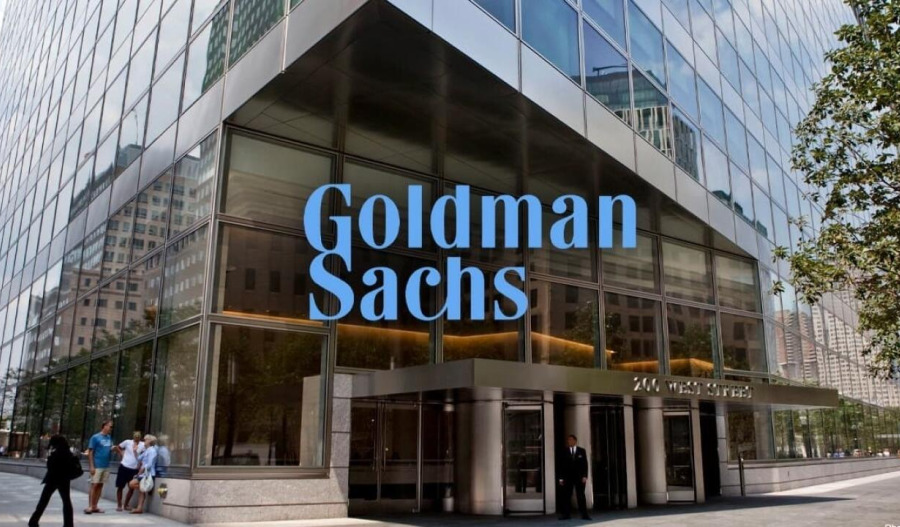Prime brokerage data from Goldman Sachs and Bank of America (BofA) are showing that hedge funds are systematically liquidating their United States mega-cap tech positions at one of the fastest rates this year.
The selling is concentrated almost exclusively on the Magnificent 7 - Apple (AAPL), Microsoft (MSFT), Alphabet (GOOGL), Amazon (AMZN), Meta (META), Nvidia (NVDA) and Tesla (TSLA) - that have driven market returns for the past two years, marking a decisive shift in institutional positioning.
Tech concentration hits a wall
Goldman Sachs' hedge fund positioning analysis shows equity beta dropped sharply in October as managers adopted an unexpectedly cautious stance.
Based on this, Goldman projects the S&P 500 will deliver just 6.5% annualised returns over the next decade, constrained by extreme market concentration and stretched valuations.
"We forecast an average annual S&P 500 total return of 6.5% during the next 10 years, with upside and downside scenarios indicating a range of 3% to 10%," Goldman Sachs chief global equity strategist Peter Oppenheimer said.
“Extreme current U.S. equity market concentration increases the uncertainty around the long-term equity market forecast.”
Bank of America's prime brokerage flows tell the same story - aggressive net selling targeting Large-Cap Tech and Growth positions.
Sustaining the earnings growth required to justify current mega-cap multiples is historically difficult, pushing managers to hunt for alpha elsewhere.
BofA draws an important distinction though - the NASDAQ's forward price-to-earnings ratio sits around 32 times, rational compared to the 91 times peak of the 2000 dot-com bubble.
Capital rotates into value and international exposure
JPMorgan Asset Management notes the rotation is creating opportunities in Value, Cyclical and Defensive sectors as they are now offering more favourable entry points.
Both Goldman and JPMorgan highlight that U.S. macro exceptionalism is fading, favouring global equities.
JPMorgan Research projects Emerging Markets and Japan will deliver stronger returns over the next decade, driven by compounding earnings growth in China and India.
Within the U.S., Bank of America points to biotech, banks and software benefiting from merger and acquisition activity running at its strongest pace since 2021.
Banks expanding into fast-growing metro areas are getting rewarded, while biotech gains from big pharma replenishing pipelines.



